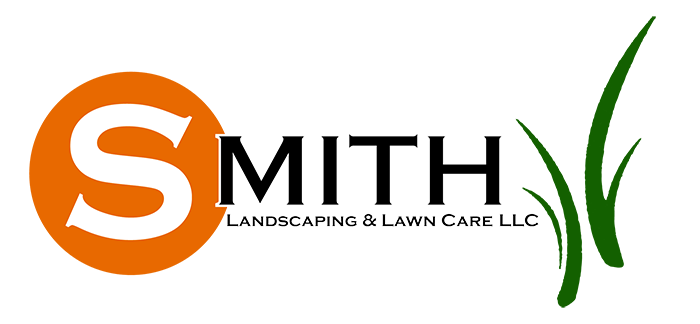What is the Best Time of Year for Hedge Trimming in Pittsburgh?
Maintaining healthy and well-manicured hedges is an essential part of landscaping. However, timing is everything when it comes to hedge trimming, especially in a city like Pittsburgh, where the seasons bring distinct changes in weather. Whether you're a seasoned gardener or a new homeowner looking to spruce up your yard, knowing the best time of year to trim hedges is key to keeping them lush and thriving. Let’s explore the optimal seasons, techniques, and tips for hedge trimming in Pittsburgh.
Why Timing Matters for Hedge Trimming
Hedge trimming isn’t just about aesthetics—it’s about plant health. Trimming at the wrong time can stress your hedges, leaving them susceptible to diseases, pests, or harsh weather conditions. Proper timing ensures that your plants recover quickly, maintain their shape, and continue to grow healthily.
The Best Times for Hedge Trimming
Pittsburgh’s climate, characterized by its distinct seasons, makes timing particularly important. Here’s a breakdown by season:
1. Late Winter to Early Spring (February to April)
This is often the best time to give your hedges a good pruning. Why?
- Dormancy Period: During late winter, most plants are still dormant, meaning their growth is temporarily paused. Trimming during this period minimizes stress and allows for a strong regrowth in spring.
- Visibility: Without leaves, it’s easier to see the structure of your hedge and remove overgrowth or dead branches effectively.
- Ideal for Flowering Hedges: If your hedge flowers on new growth (like many deciduous hedges), trimming in late winter ensures you won’t accidentally remove flower buds.
Tip: Avoid trimming during extreme cold snaps, as fresh cuts can be vulnerable to frost damage.
2. Early Summer (June to Early July)
For evergreen hedges and fast-growing species, early summer is an excellent time for trimming:
- Post-Spring Growth: Hedges typically experience a growth spurt in spring. Trimming in early summer keeps their shape tidy and manageable.
- Warm Weather Benefits: Plants recover more quickly in the growing season due to warm temperatures and ample sunlight.
Tip: Don’t trim too late into the summer, as new growth might not harden off before the first frost in Pittsburgh’s fall.
3. Late Fall (October to Early November)
For minor touch-ups, late fall can be a convenient time:
- Preparing for Winter: Trimming away weak or overgrown branches ensures that heavy snow or ice doesn’t cause breakage.
- Reduced Pests: Cooler temperatures mean fewer pests, reducing the risk of infection at cut sites.
Caution: Avoid heavy pruning in fall, as it might stimulate new growth that won’t survive Pittsburgh’s harsh winters.
When to Avoid Trimming
Certain times of the year are less ideal for hedge trimming:
- Mid-to-Late Winter: While late winter is great for dormant pruning, avoid trimming during mid-winter when the risk of frost damage is higher.
- Late Summer: Hedges trimmed in late summer might produce tender growth that’s vulnerable to Pittsburgh’s early frosts.
- Peak Growing Seasons: Over-trimming in peak growth periods, like late spring, can deplete the plant’s energy reserves.
Other Factors to Consider
Type of Hedge
Different hedges have different needs:
- Evergreens (e.g., boxwood, yew): Benefit from light, frequent trimming throughout the growing season.
- Flowering Hedges (e.g., forsythia, hydrangea): Should be pruned based on their flowering habits—trim spring bloomers after flowering and summer bloomers in late winter or early spring.
Local Weather Patterns
Pittsburgh’s weather can be unpredictable. Always check the forecast before trimming to avoid cutting before frost, heatwaves, or heavy rain.
Equipment
Sharp, clean tools are a must. Dull or dirty blades can tear branches, increasing the risk of infection.
